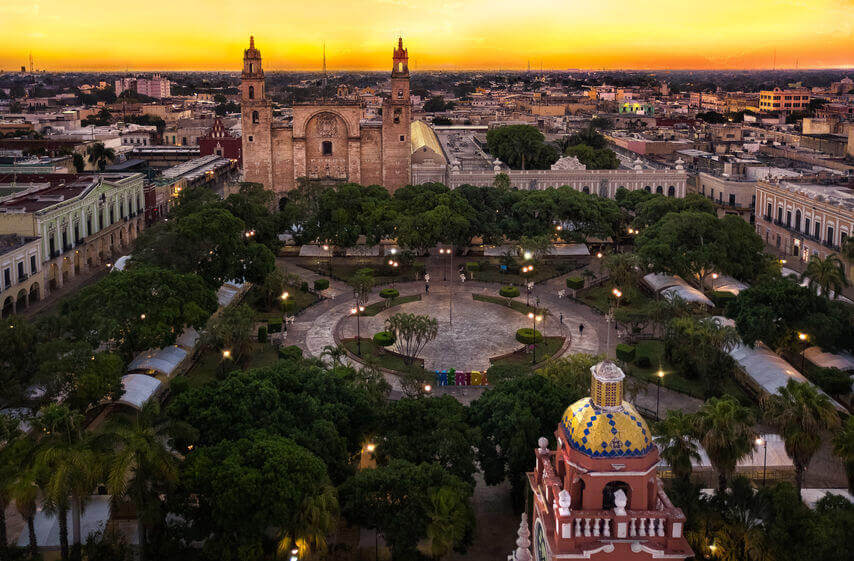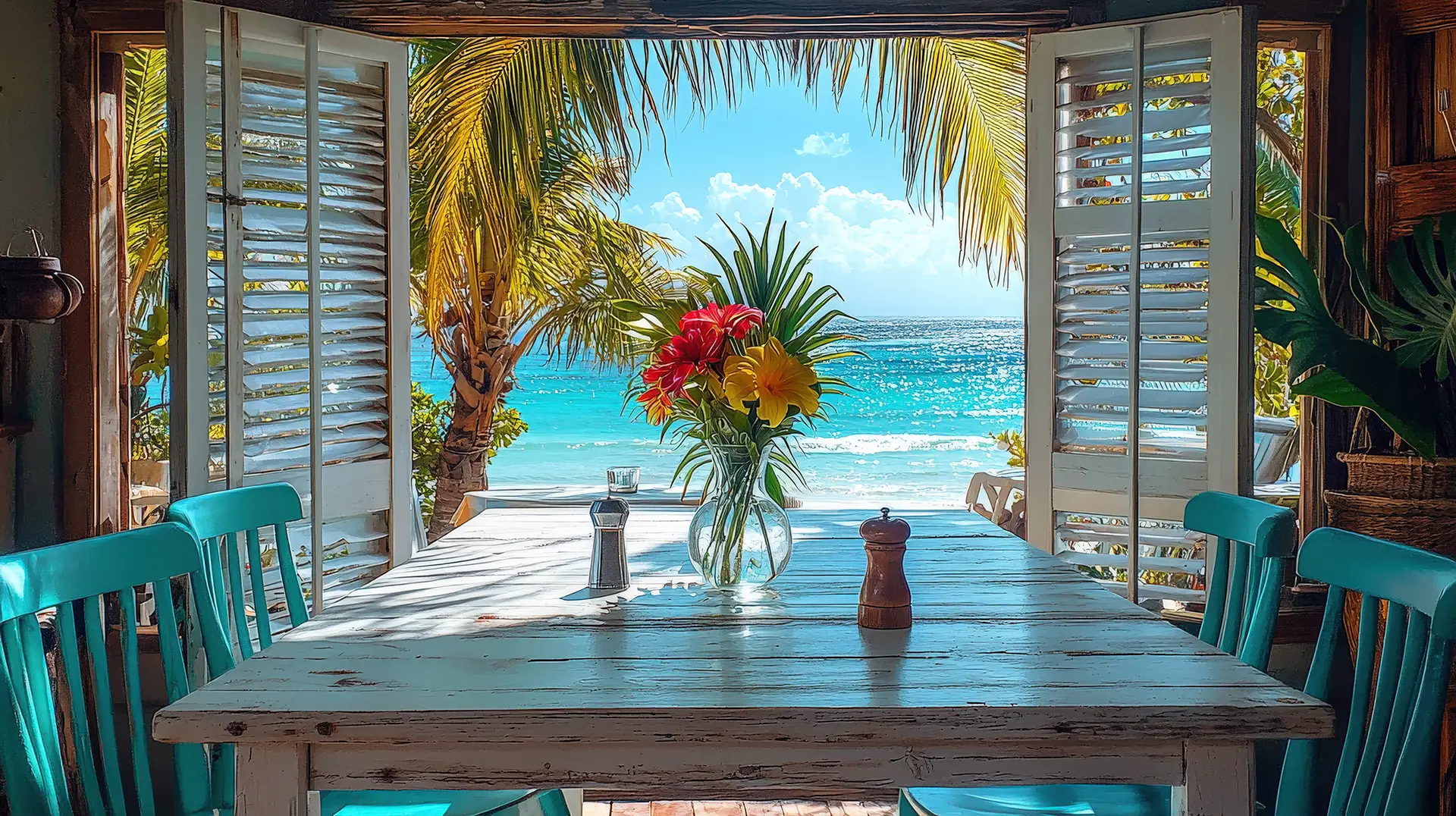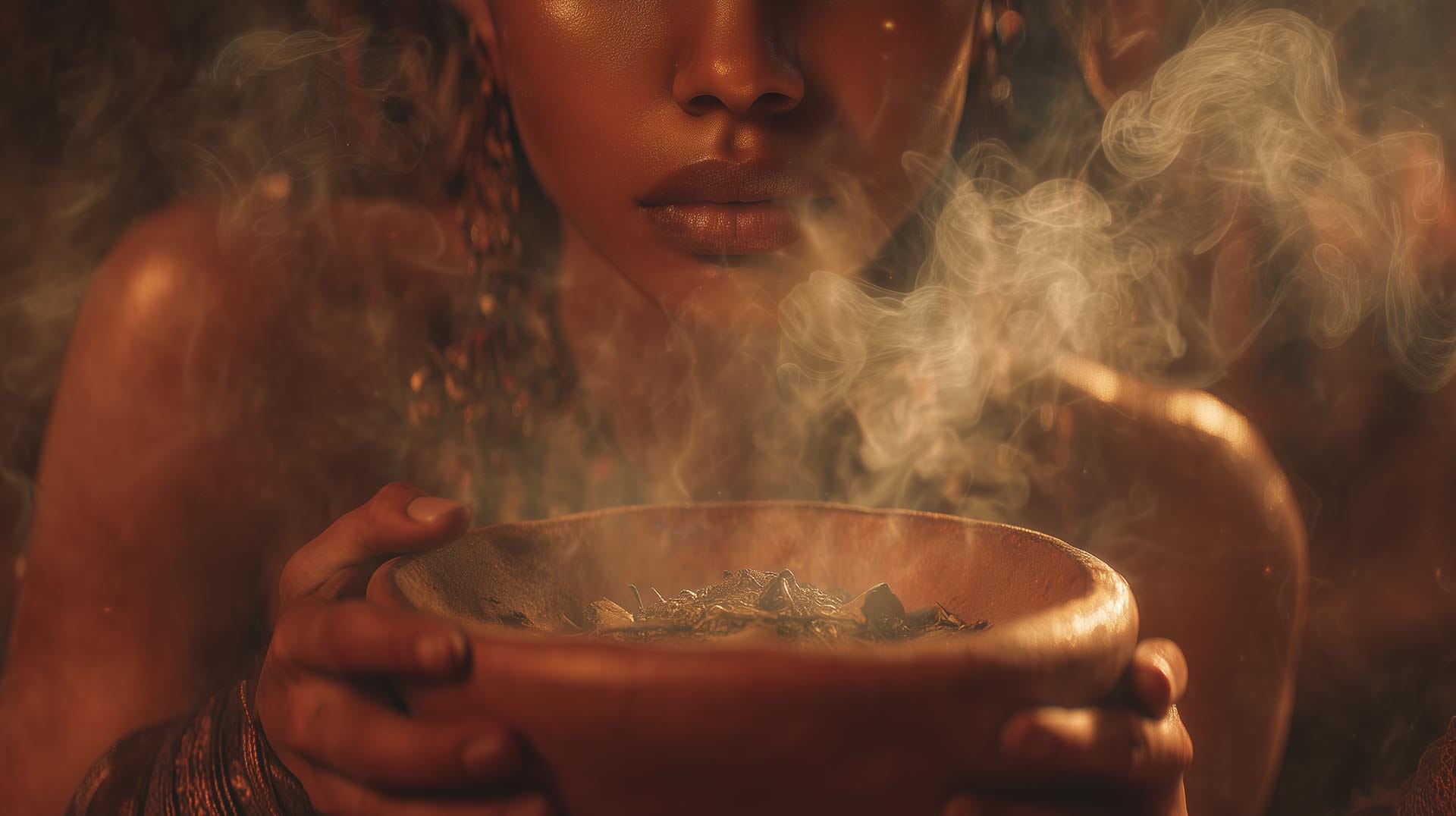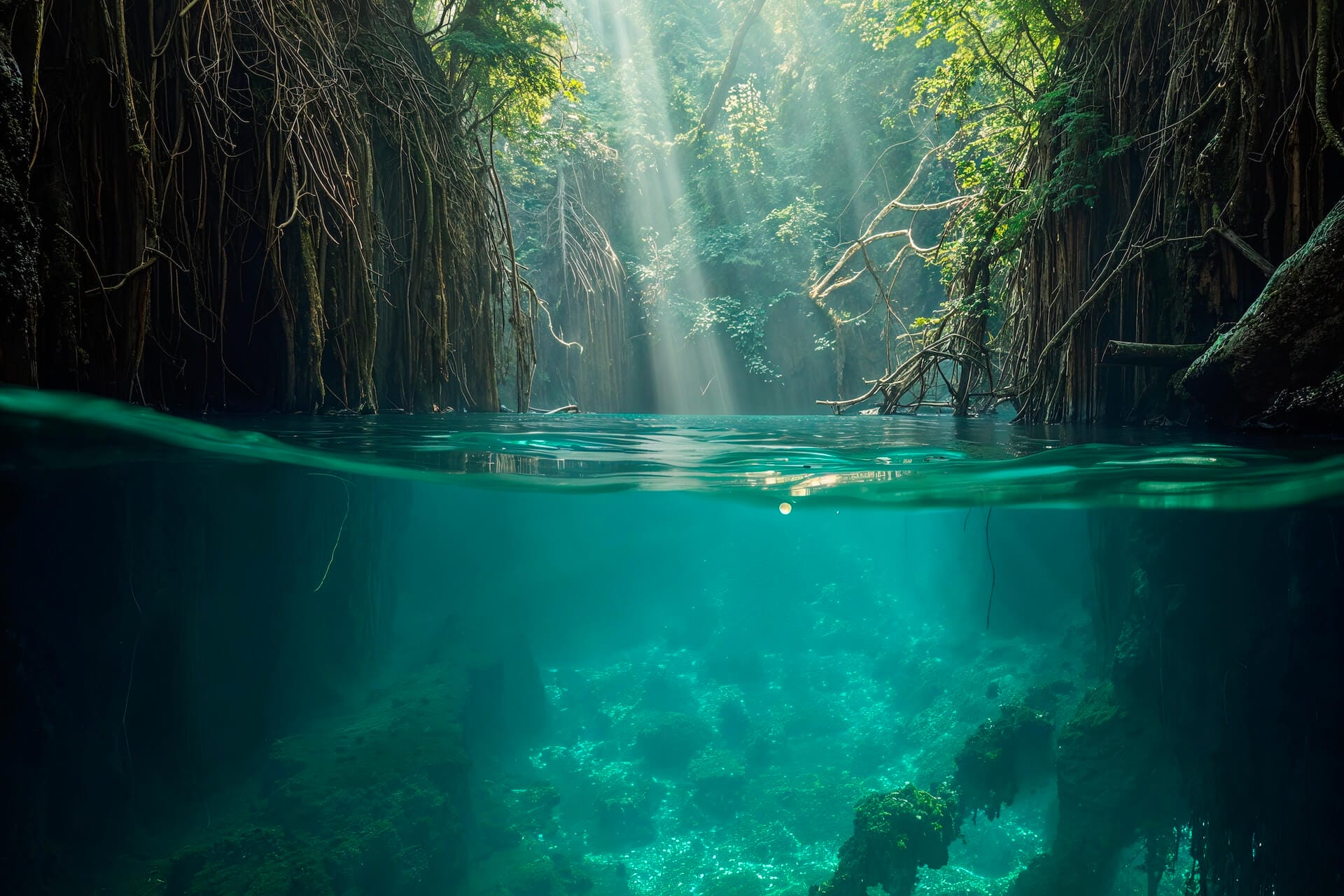Merida is the oldest city of Mexico and one of the most beautiful ones as well. It is called “The White City” and is considered to be the safest in Mexico to live in. You will be amazed not only by the ancestral Maya legacy that remains alive and in every corner of this city, but also because of the remains of the European influence that modified the architecture, gastronomy and customs of this unique part of Mexico.
If you visit Merida, you will discover the beauty of Yucatan’s capital city by visiting these landmarks:
- Paseo de Montejo: This grand avenue, named after Francisco de Montejo, the Spanish conqueror that founded the city in 1542 who was inspired by France’s Champs-Élysées, is 3.4 miles of grand 19th Century mansions. The avenue offers a variety of high-end boutique Hotels, delicious restaurants, art galleries, and stores. Don’t miss stopping by the legendary ice cream shop “Colon”. Most of the mansions are now transformed into museums, banks or businesses; you can admire the French architecture and witness the economic boom this state had thanks to “henequén” (sisal fiber or green gold), produced and exported to Europe centuries ago.
- Gran Museo Del Mundo Maya: This is a first class museum which exhibits 1160 remarkably well-preserved ancient pottery and archaeological relics rescued from the many archaeological sites this wonderful state has, such as Chichen Itzá, Uxmal and Ek Balam. This museum intends to recognize the ethnicity of the Maya culture and people as a live culture as well as their millenary heritage. It is a great place to broaden your knowledge about this impressive culture before you visit any archaeological site.
- The food: Yucatan’s gastronomy is based on pork, deer, turkey, habanero chile, axiote, black beans, tortillas and some European ingredients.
Try the “Cochinita Pibil” slow roasted pork, cooked underground with axiote and wrapped in banana leaves, “Panuchos” (corn tortillas stuffed with beans, lightly fried and garnished with tomatoes, lettuce, ground beef, chicken or turkey, avocado and pickled onions) or “Salbutes” (same as Panuchos but without the beans). One of their delicacies is “Queso Relleno” (pork filling prepared with onion, garlic, capers and olives, stuffed in Edam cheese) and “Sopa de Lima” (lime soup with shredded turkey and fried tortillas strips).
You will be stunned by the cooking processes and hearty flavors of this unique gastronomy.
- The Haciendas: Built between the 17th and 19th centuries, the Haciendas were owned by noble Spanish families that produced and exported natural fiber rope to Europe. The rope derived from the “henequén” or agave plant was also known as “green gold”. Yucatan became a booming economy that had commerce and trade with other European countries and minimum contact with Mexico’s central government, society and businesses. These haciendas are colorful and majestic, the buildings are restored to perfection and they still preserve antique French furniture, chandeliers and tapestries that take you back in time. Most of them have been transformed into luxury boutique hotels, but you can still enjoy them without being a guest, by stopping for lunch at some of their restaurants. There are many more haciendas dotted through the State of Yucatan.
There is so much to see in Merida and it’s surroundings, the impressive ancient Maya cities and archaeological sites like Chichén Itzá, Uxmal and Ek Balam,
Celestún (Flamingo reserve), Izamal (the Yellow city) or swimming in fresh water sink holes called “cenotes”. The list can go on.
If you visit Merida, plan enough time to discovery the beauty of Yucatan’s capital city.




